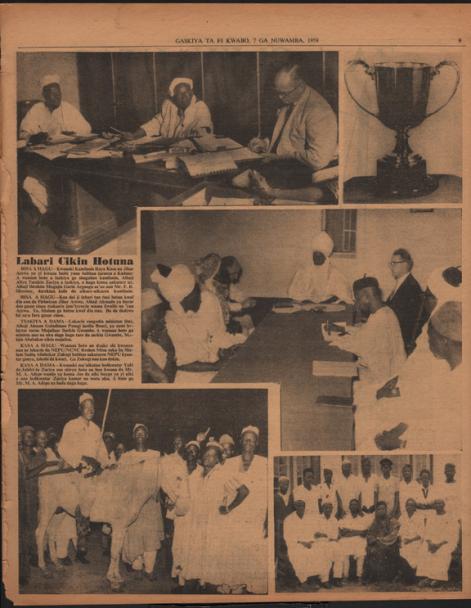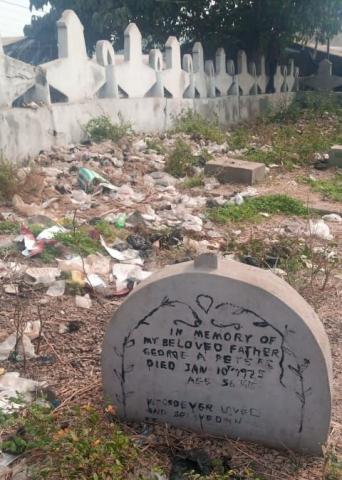
Aims and objectives
This project will digitise and preserve the early years of the Hausa language newspaper Gaskiya ta fi Kwabo, the first newspaper entirely in Hausa, from 1939-1960. It was important for linguists not only for the shift of the Hausa language from a predominately Arabic script language to a predominately Roman script language, but also for creating the contemporary standard of Hausa, in grammar, spelling, vocabulary and style. It is also important for historians as a unique documentation of African understanding of World War II. There is only one complete surviving set of the original issues, in Arewa House Centre for Regional Documentation in Nigeria. It is now falling apart. If it is not preserved this unique record of Hausa language and African perspectives on World War II will be forever lost.
Gaskiya was the first newspaper published entirely in Hausa, the largest language in west Africa and in Nigeria. As a result of Gaskiya’s popularity, Romanised Hausa became more popular than Arabic script and began to predominate. The spelling, grammar, vocabulary and style used in Gaskiya became standard Hausa. Gaskiya was important for providing information about World War II to Nigerians. It also shows the attitudes of Africans to the war. Gaskiya shows how Nigerian experiences in the war, and Nigerians’ exposure to the outside world, helped to generate and sustain the nationalist movement.
These unique materials are in very poor condition and are in imminent danger of being entirely lost. The newspaper itself does not have a complete collection in its office and the Nigerian National Archives (Kaduna) has no copies at all from the early years of Gaskiya. The only complete collection is in Arewa House Center for Regional Documentation. These copies are poorly bound in a binding which cuts right through the text of most pages. They are physically disintegrating. They need to be unbound, digitised, and placed into protective holders as soon as possible.
Digital copies will be created of the issues of Gaskiya which had not previously been microfilmed through the Cooperative Africana Microform Project (CAMP) and will be made available online for researchers around the world through Arewa House in Nigeria, the British Library in the UK and Hirosaki University in Japan. The original copies of Gaskiya will be removed from their present, inadequate bindings and placed in archival pockets to protect them from handling.
Outcomes
The project successfully digitised 411 issues of Gaskiya ta fi Kwabo that had not already been microfilmed, dating back to 1939. The original material was placed in protective archival pockets and copies deposited with Arewa House, the British Library, and Hirosaki University.
Local staff in Nigeria were trained in archival preservation techniques, scanning, computer graphics and other appropriate technology and information techniques.
The records copied by this project have been catalogued as:
- EAP485/1 Gaskiya ta fi Kwabo [1 Jan 1939-Dec 1958]
- EAP485/2 Gaskiya ta fi Kwabo [1939-1958]
Due to the cyber-attack on the British Library in October 2023, the archives and manuscripts database is currently inaccessible and we are unable to provide links to the catalogue records for this project.
Blog: Gaskiya ta fi Kwabo, World War II and the Romanisation of Hausa, 4 November 2015


